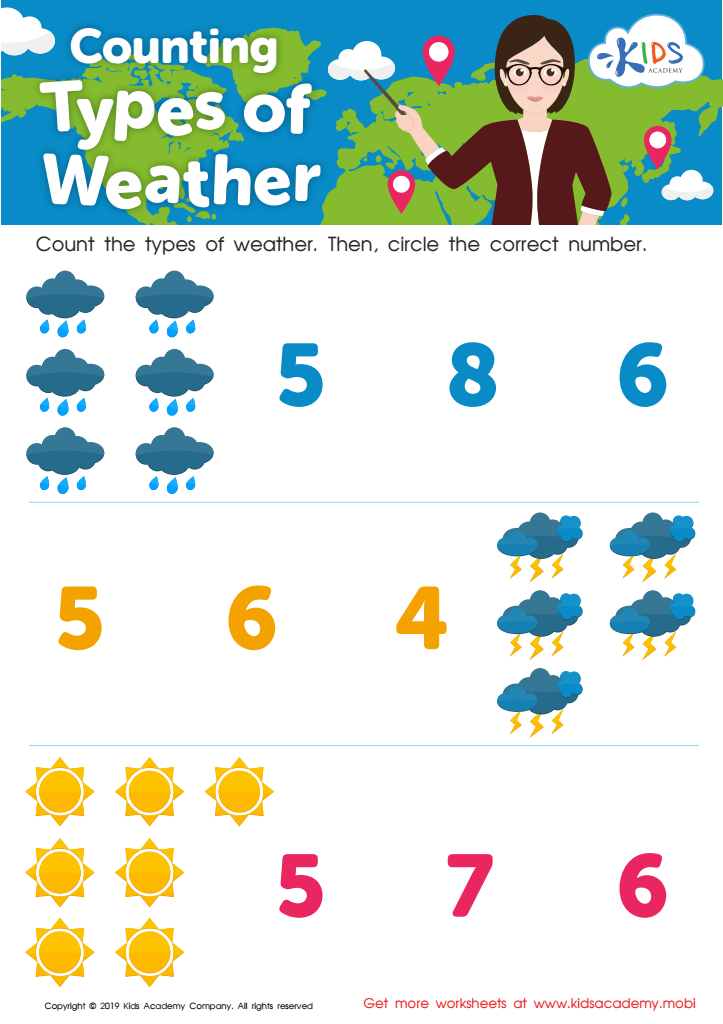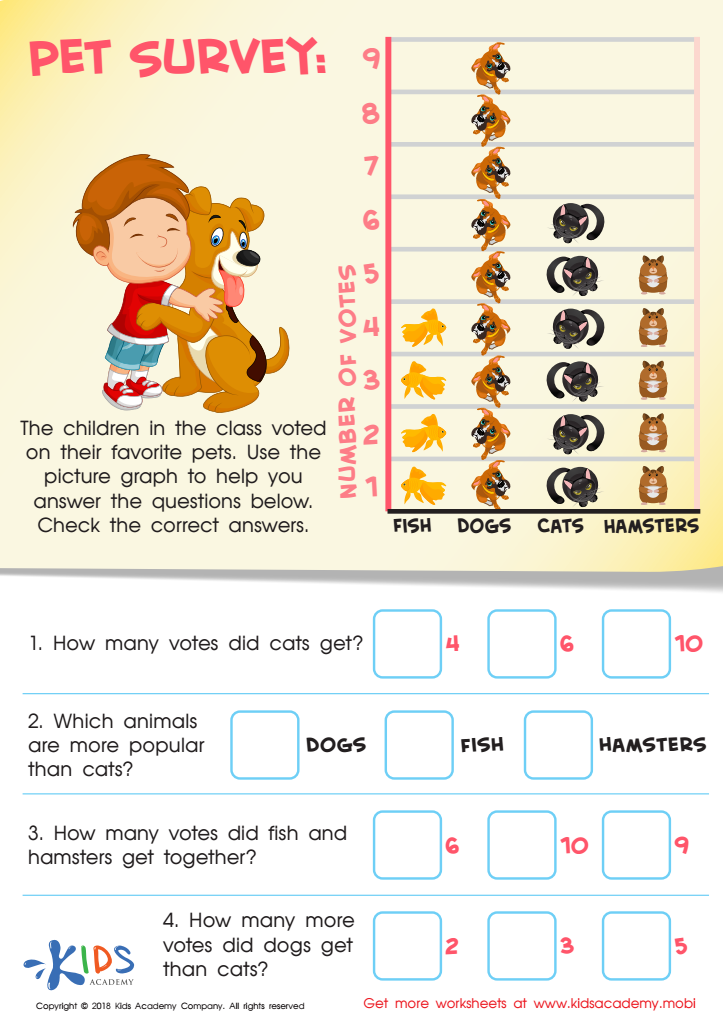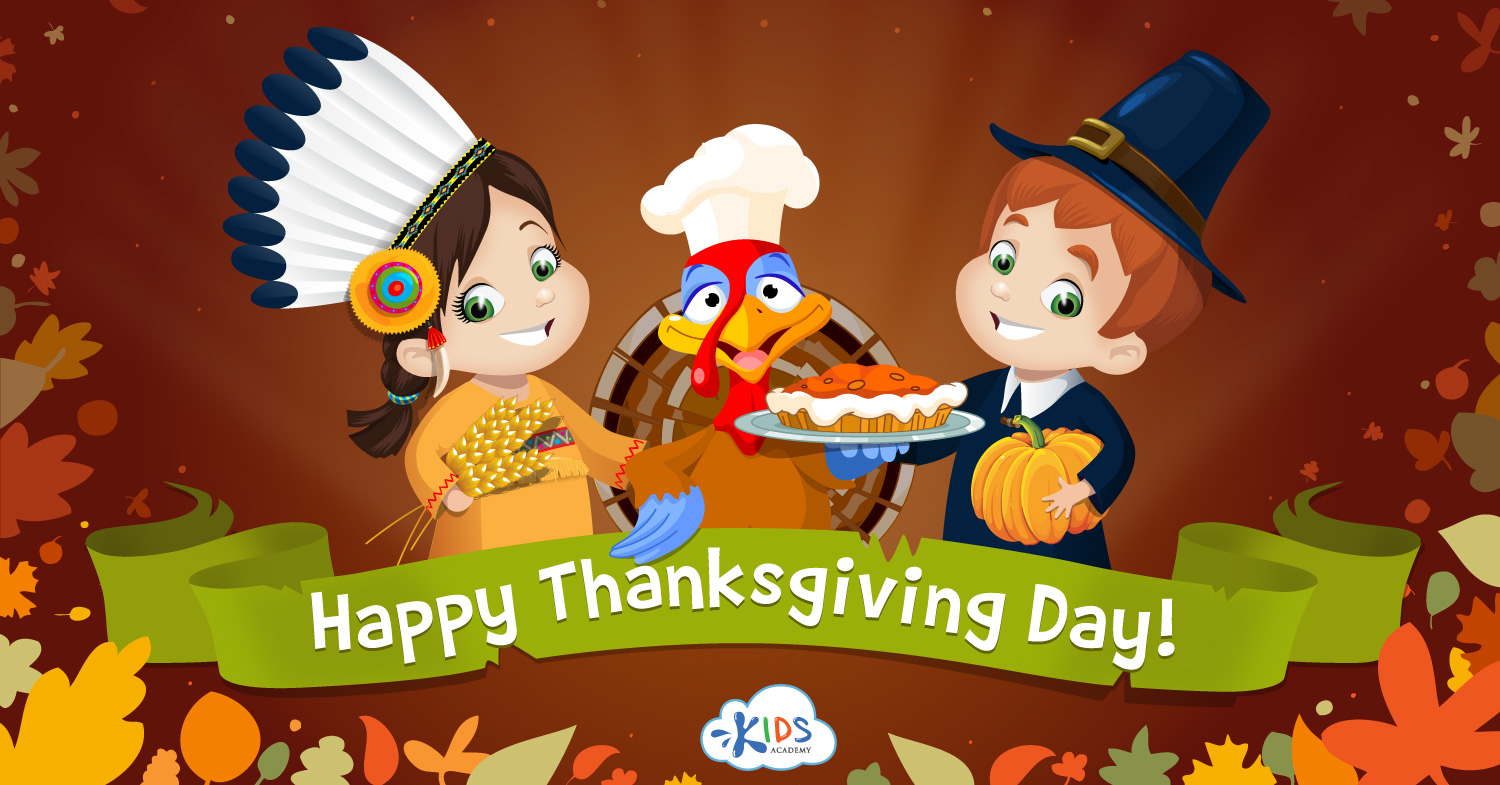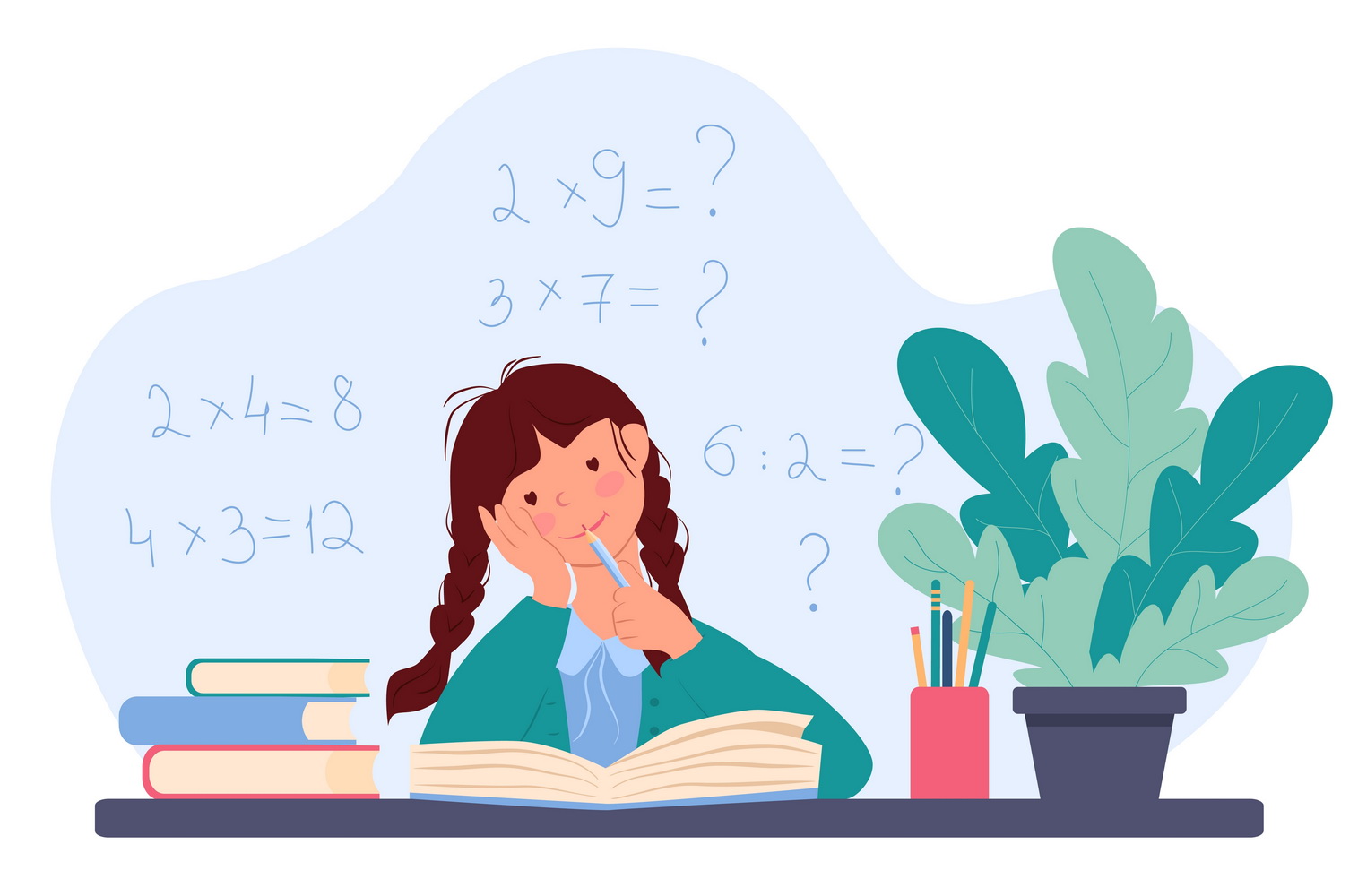Graph reading Math Worksheets for Ages 6-8
3 filtered results
-
From - To
Discover our engaging Graph Reading Math Worksheets designed for ages 6 to 8, helping young learners grasp essential graphing skills in a fun and interactive way. These worksheets provide colorful illustrations, clear instructions, and a variety of exercises, ensuring that children can confidently interpret data from graphs like bar graphs, line graphs, and pictographs. Our resources are aligned with educational standards, making it easy for parents and teachers to supplement classroom learning at home. Perfect for enhancing critical thinking and numerical skills, these worksheets will inspire kids to explore math concepts while enjoying the process of discovering and analyzing information visually.


Data: Assessment 2 Worksheet


Counting Types of Weather Worksheet


Pet Survey Worksheet
Graph reading is an essential skill for children ages 6-8, as it lays the foundation for critical thinking and data interpretation in everyday life. At this age, children are naturally curious and eager to make sense of the world around them. Introducing them to graphs—such as bar graphs, pictographs, and line graphs—enables them to visualize information, recognize patterns, and make comparisons, fostering early numeracy skills.
Parents and teachers play a crucial role in this process. Engaging children with graph reading stimulates their analytical abilities and encourages them to ask questions about data, enhancing their cognitive skills. Understanding graphs also helps children grasp concepts in subjects like science and social studies, where data representation is vital.
Moreover, early exposure to graph reading promotes confidence in math abilities, which can reduce anxiety as math concepts become progressively complex. Encouraging discussions around graphs during everyday activities, such as plotting weather changes or comparing their favorite foods, intertwines learning with fun. Ultimately, developing graph reading skills supports children in becoming informed, data-literate individuals who can navigate information responsibly in our data-driven world. Thus, emphasizing these skills in education empowers children for future academic success.
 Assign to My Students
Assign to My Students

















